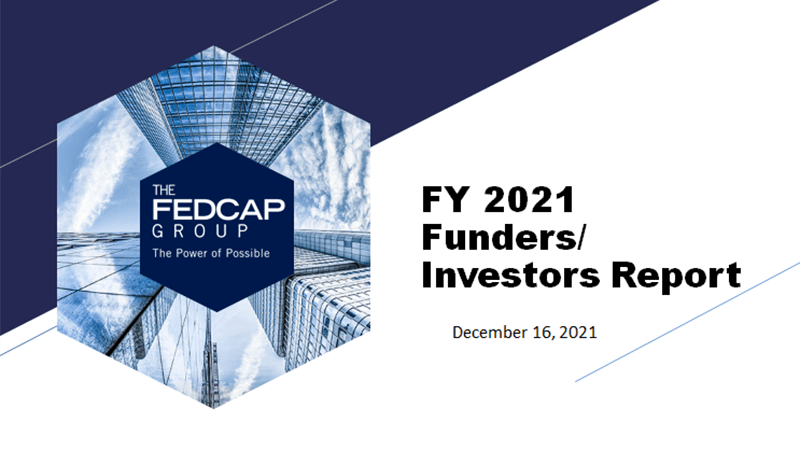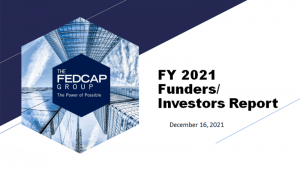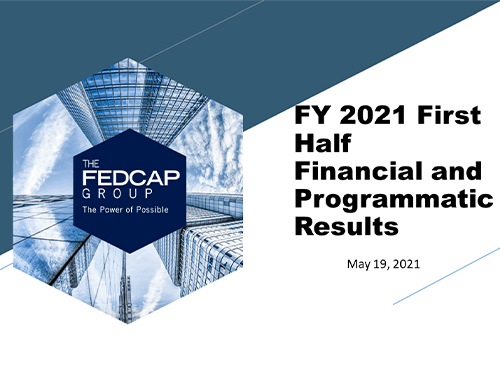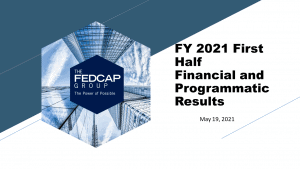October 11, 2021
Now more than ever, employers are called upon to support the overall wellbeing of their employees. Traditional workplace benefits are increasingly expected to include so much more than health insurance and retirement. There is often an assumption that employers will provide services to address not just physical and behavioral health, but also employees’ childcare, housing, career and education advancement, financial literacy and that these and a host of other lifespan needs will also be part of the benefits package.
Recently, we’ve even seen the expectations for employers emerge in the sphere of public health. The most obvious example is the federal government’s instruction to large employers to mandate COVID vaccinations. At the same time, employers’ authority to undertake these activities—much less their capacity and competence to do so—may be seriously wanting. The obligation for this essential modality of community health was placed on employers with little guidance or support, at times overwhelming the infrastructure and systems of those employers. And all of this occurs within the context of honoring personal and health privacy expectations and requirements, truly an unenviable assignment.
While many of these expectations stretch the resources and test the limits of reasonable expectations, there are areas where employers can and should make a meaningful difference in the fiscal health of employees: paying a fair and living wage and affording an opportunity to build retirement wealth. These important priorities are inextricably linked, of course, and implicate the larger societal crosscurrents of racial and gender equity.
Even though retirement preparation has been considered a proper ingredient of the employer deliverable for over a century, American employees are not very well prepared for retirement, as it turns out. Most of us have probably heard that Americans do not prioritize the goal of retirement saving. And it probably surprises no one that discussion of retirement among 20-somethings is non-existent. But it is concerning that the situation does not seem to get better from there.
In fact, according to a 2019 Northwestern Mutual Planning & Progress Guide an alarming number of people have absolutely nothing put away for their later years. The Northwestern data revealed that 15% of Americans have no retirement savings whatsoever. Younger generations who have had limited time to save are not skewing those numbers. For both Gen X-ers (defined in 2019 as ages 39 to 54) and baby boomers (defined as ages 55 to 73), 14% of survey respondents in each group reported that they have nothing saved for retirement.
A 2020 TD Ameritrade report, where 2,000 US adults ages 40-79 with investable assets were surveyed, found that many, even those approaching retirement age, were not on track with sufficient savings. Nearly two-thirds of 40-somethings have less than $100,000 in retirement savings and a full 28% of those in their sixties have less than $50,000 set aside for retirement. Further, as we might expect the gap in connection with wealth and retirement savings by gender and race is huge. According to the National Institute on Retirement Security, median retirement income for women is $47,244, while for men, it’s $57,144. And according to the Center for Retirement Research at Boston College, while 48% of white Americans are currently unprepared for retirement, that number is 54% and 61% for Blacks and Hispanics, respectively.
At The Fedcap Group, we take savings—and in particular long-term saving—seriously. We work hard to build a culture of saving. Like most large employers, Fedcap offers a match to the dollars that employees set aside for retirement. At the point of hire and once a year during enrollment, employees are provided informational materials about Fedcap’s 403(b) plan, along with in-person meetings to encourage participation. But it’s not enough to conduct outreach at each annual open enrollment and to new hires. Ongoing, regular, affirming communication, along with financial planning services are all critical. It’s important for employers to design culturally sensitive messaging to elevate the value of wealth accumulation to all. Building momentum and awareness for retirement savings through visible reminders can have a positive effect on behavior as employees see themselves as part of the group of investors!
Most employers offer a retirement plan opportunity and the match only after a probationary period. Instead, new hires should be immediately eligible to participate with matched salary deferrals. These payroll deductions lower an employee’s taxable income. Some employees are potentially eligible for the federal saver’s credit, which provides a dollar-for-dollar tax reduction for a portion, up to 50%, of an employee’s retirement plan contributions.
During my conversations with staff over many years, I hear most often that employees are fearful—or lack knowledge and role models—about saving for retirement. That’s why the employer’s role is so critical; we have the opportunity and responsibility to design and offer a solid retirement plan accompanied by an employee engagement strategy that includes the education and training necessary for financial literacy.
Analyzing retirement plan performance is also part of that employer responsibility, of course. Sometimes we reasonably question the value of endless metrics, data analysis for the sake of analysis. We know governments and funders are increasingly demanding KPI reports, some of which do not appear to justify the time and expense of preparing them! However, retirement plans are appropriately subject to comprehensive regulation, including the imposition of fiduciary obligation on the part of the employer. So, data analysis is very much part of the package.
But despite this necessary focus on prudent options, investment quality and ROIs, there is surprisingly little visibility into the overall economic well-being of our employees in the form of retirement plan wealth accumulation. These facts and figures are worth considering. In the past decade, with the benefit of our sustained and concerted effort, the total assets of the Fedcap retirement plan have grown from $8 million to close to $100 million last year. Participation has risen from 125 employees in 2010 to just under 1,000 in 2020. This is significant growth over a relatively short timeframe. Nevertheless, Fedcap employees, like Americans as a whole, need to save more to be fully prepared for their years of retirement.
Currently, few Fedcap employee accounts approach the standard benchmarks for a comfortable retirement, such as 3 times one’s income by age 40, and 8-times income by age 60. And clearly, many eligible employees still do not participate in our retirement plan at all. Focusing on these numbers, however, is the first step. Numbers that measure long term financial status and staff engagement around savings warrant serious review and discussion. Focus groups and roundtable discussions with employees to review these targets as well as the results can help build even greater momentum and commitment to wealth accumulation.
In short, while I am proud of the progress we’ve made in recent years, we are certainly not where we want to be. Not enough employees are taking full advantage a retirement benefit they will need in the future. We have more work to do to encourage more participation and greater contributions. But among all the mounting responsibilities assigned to employers, this is the one that is not only in our lane but can also have the biggest long-term impact on our employees’ economic wellbeing.
Should employers actively encourage and foster a culture of responsible saving for retirement? What do you think? As always, I welcome your thoughts.
 January 14, 2022 — New York City Employment and Training Coalition (NYCETC), the nation’s largest city-based workforce development association with over 200 members providing jobs for more than 600,000 people, this week announced the 27 inaugural members of its new Workforce Policy Strategy Council—a group of workforce development experts that includes Kelly Washburn, Senior Director of Workforce Development, Fedcap Inc.
January 14, 2022 — New York City Employment and Training Coalition (NYCETC), the nation’s largest city-based workforce development association with over 200 members providing jobs for more than 600,000 people, this week announced the 27 inaugural members of its new Workforce Policy Strategy Council—a group of workforce development experts that includes Kelly Washburn, Senior Director of Workforce Development, Fedcap Inc.










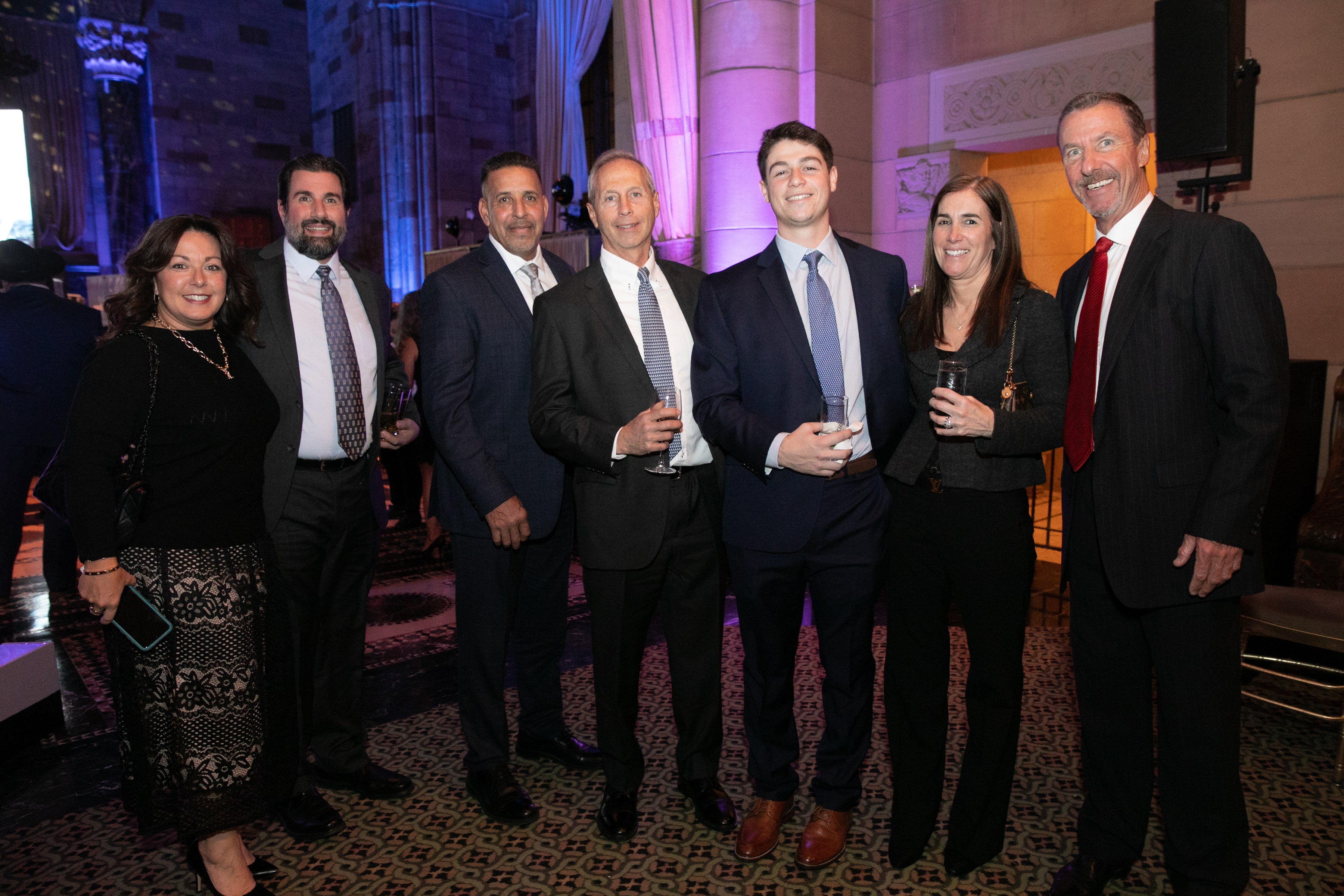
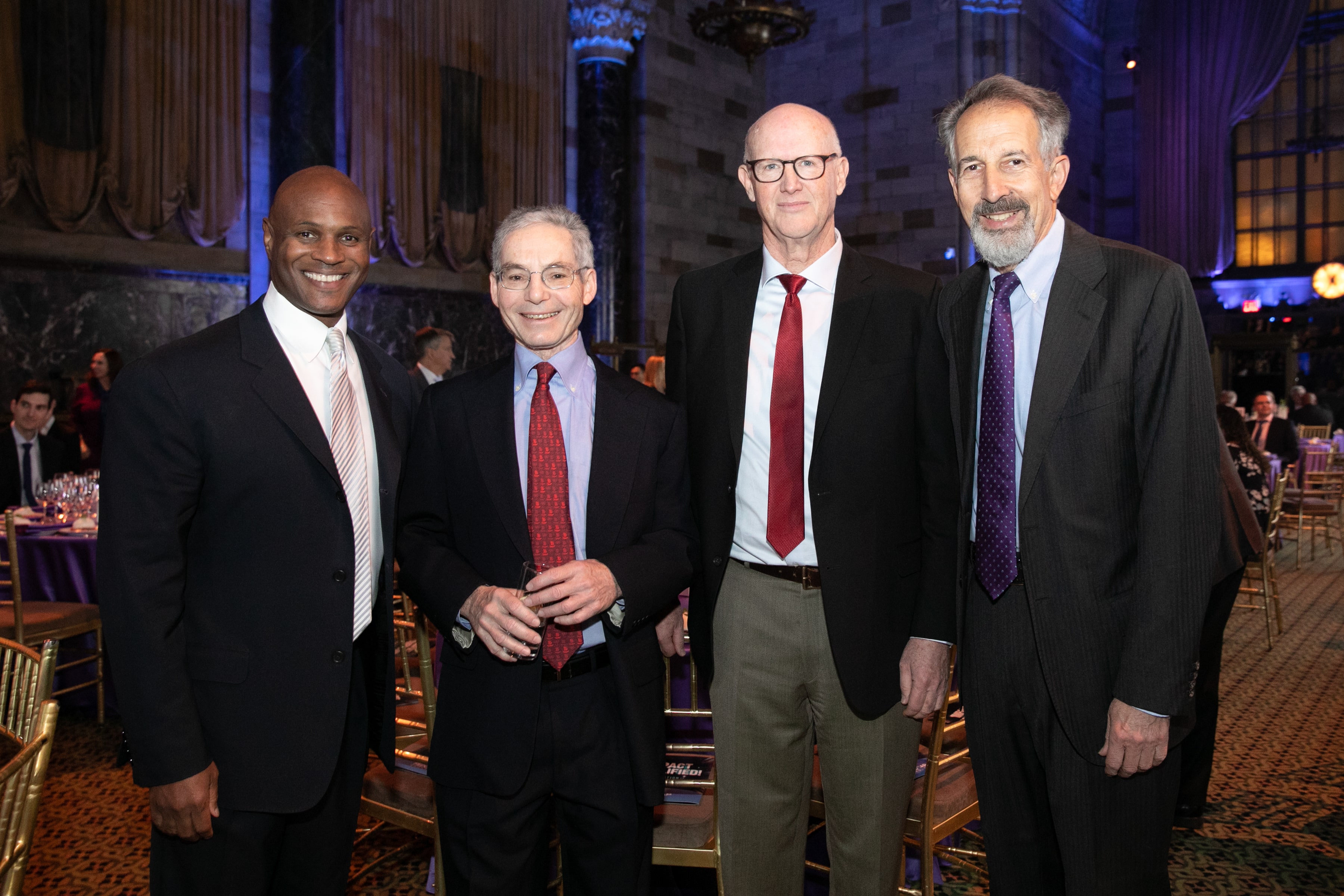
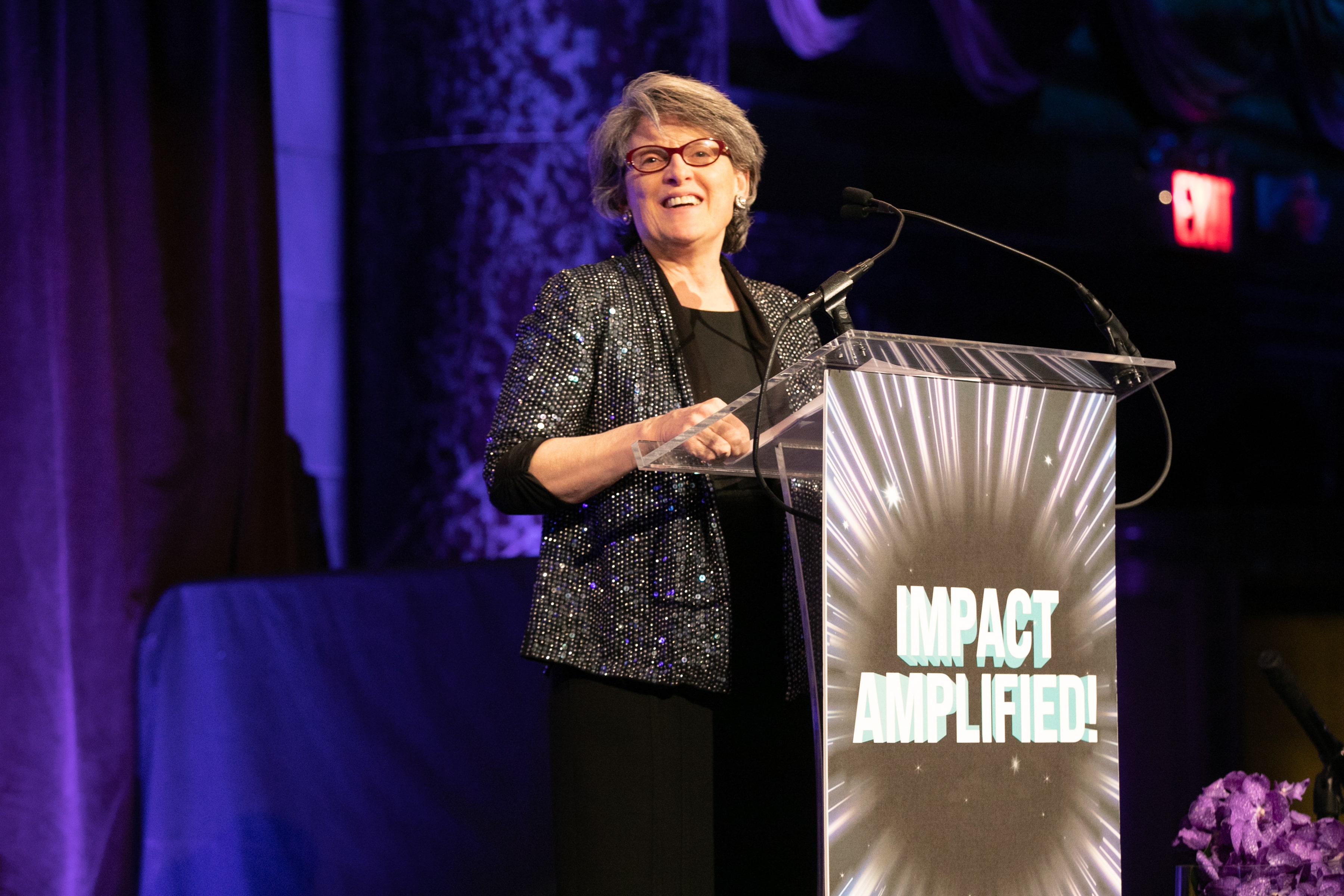
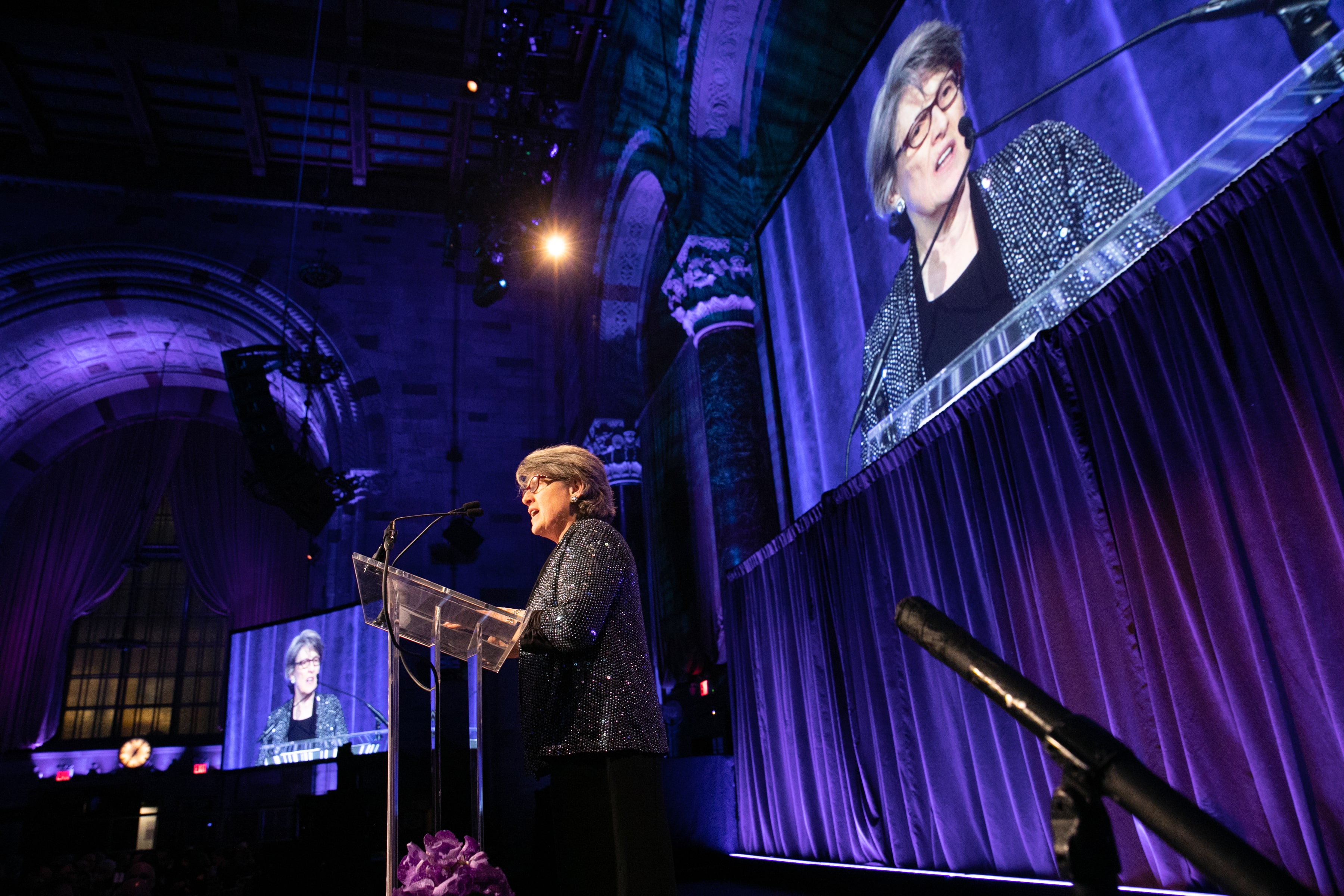
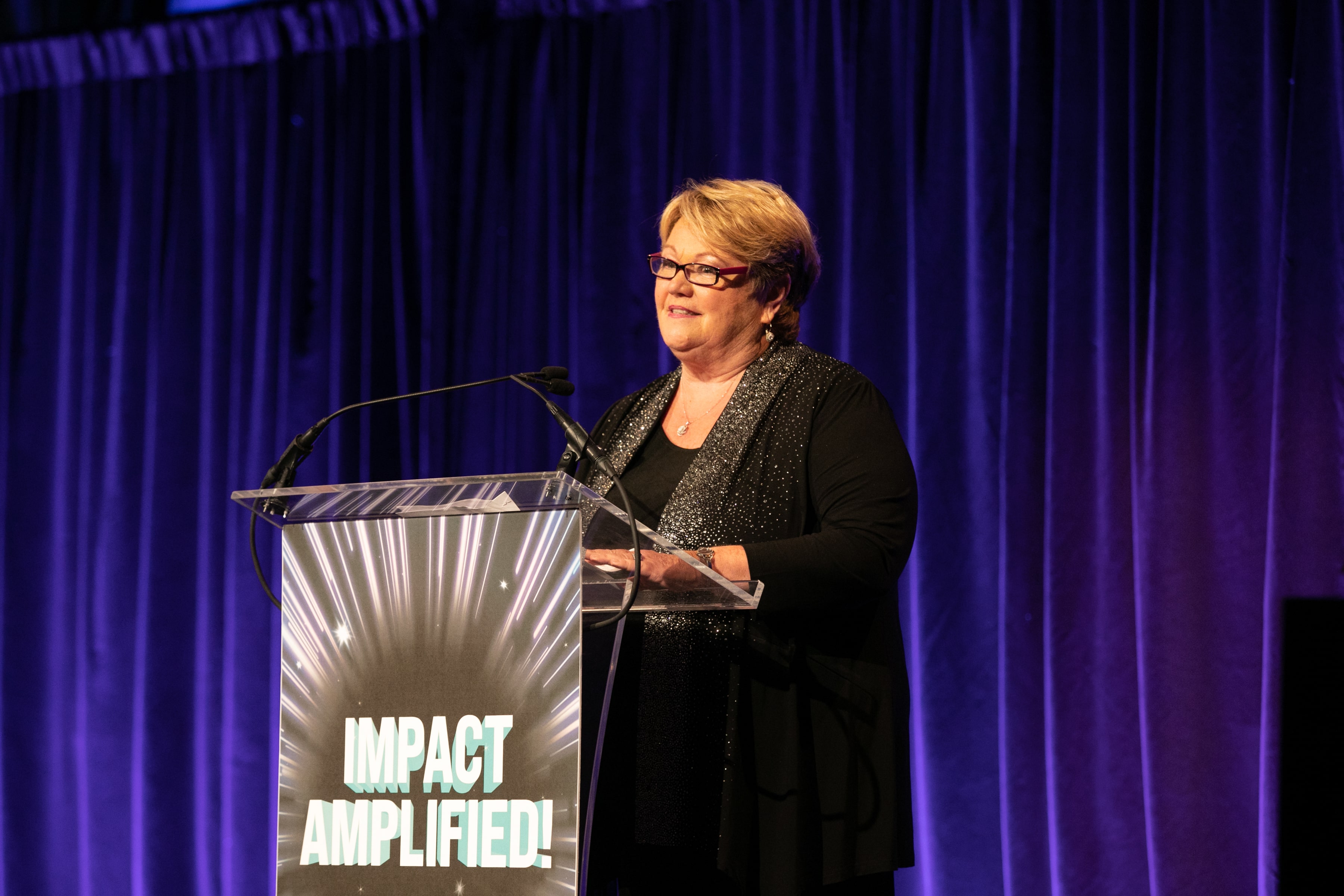

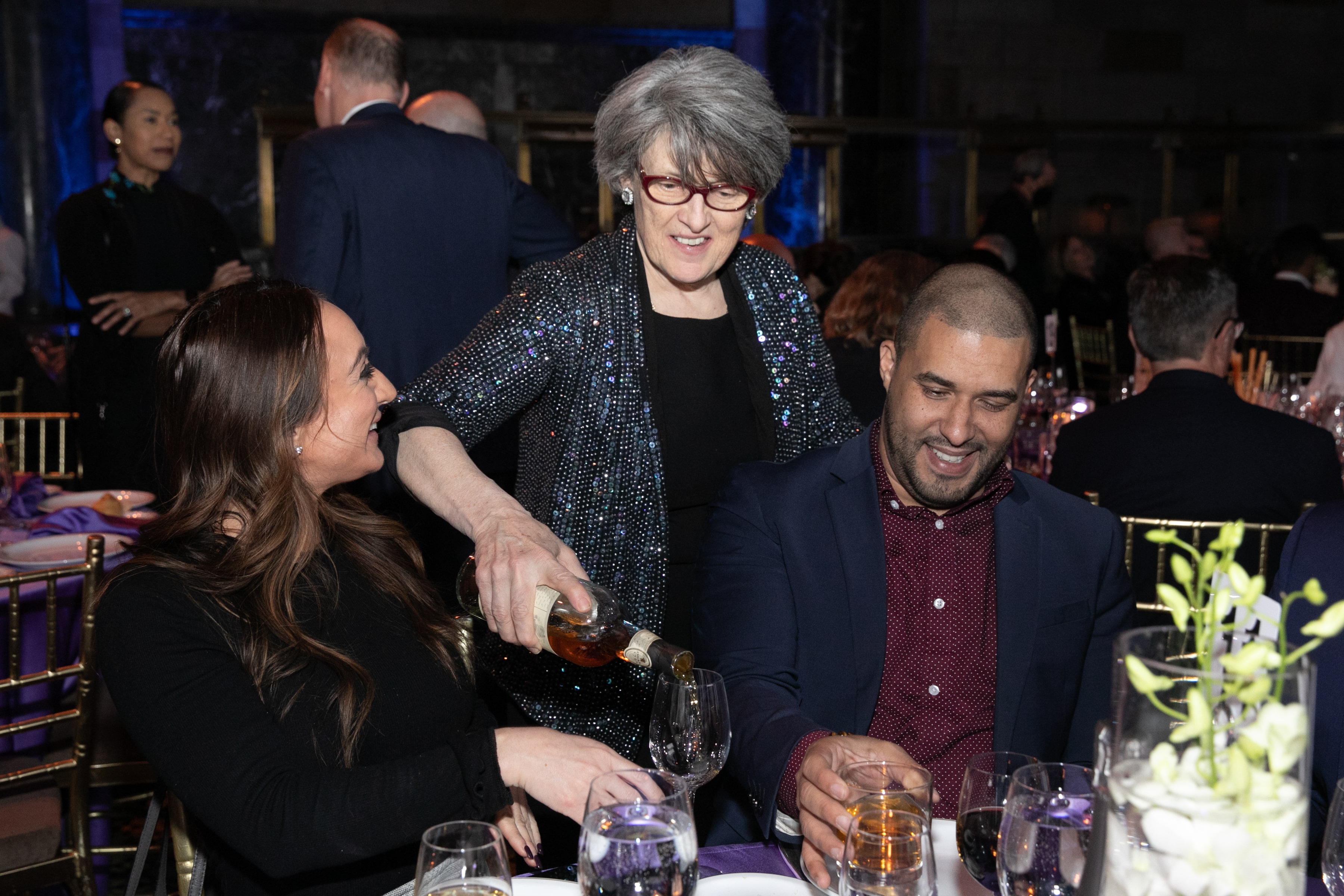

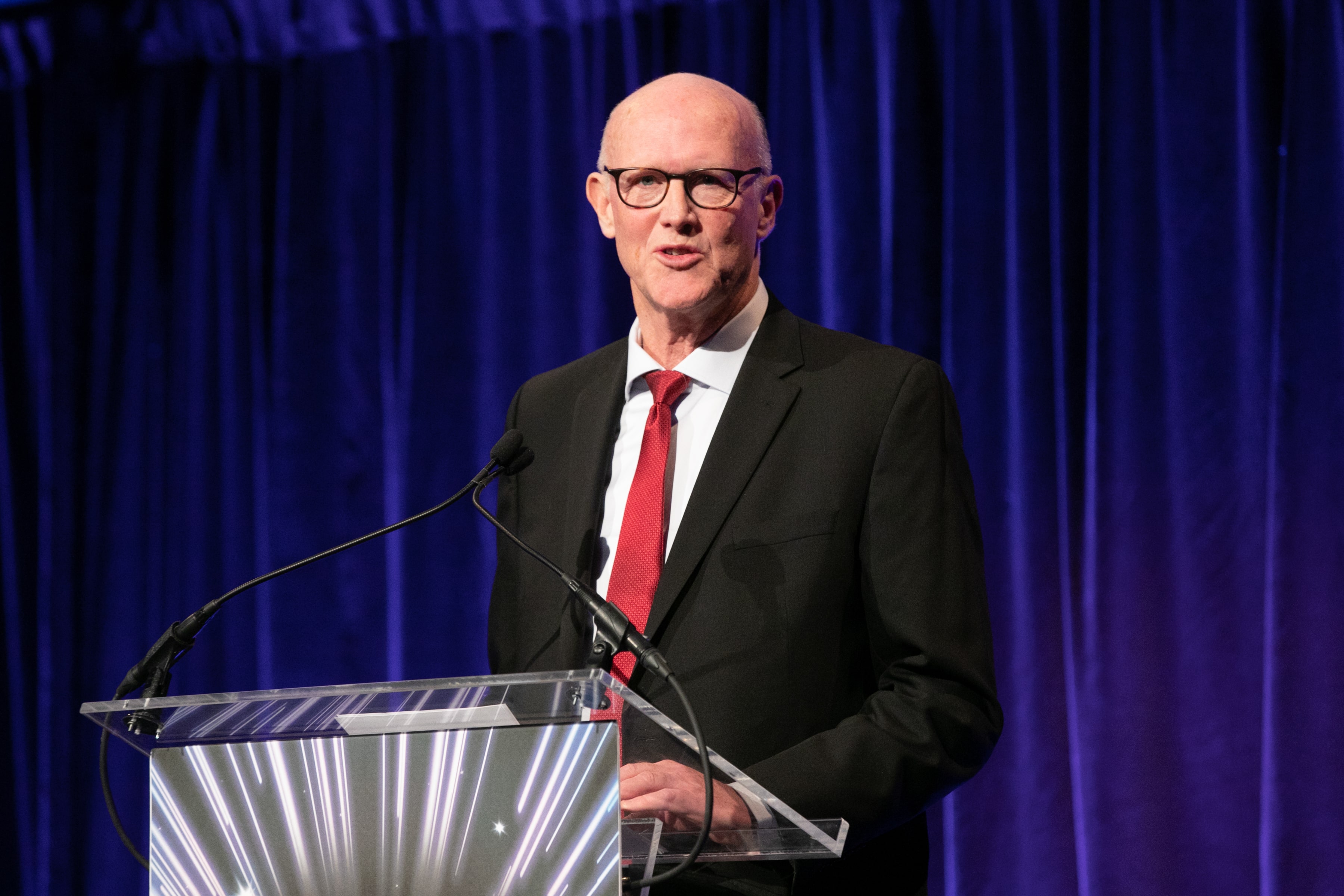






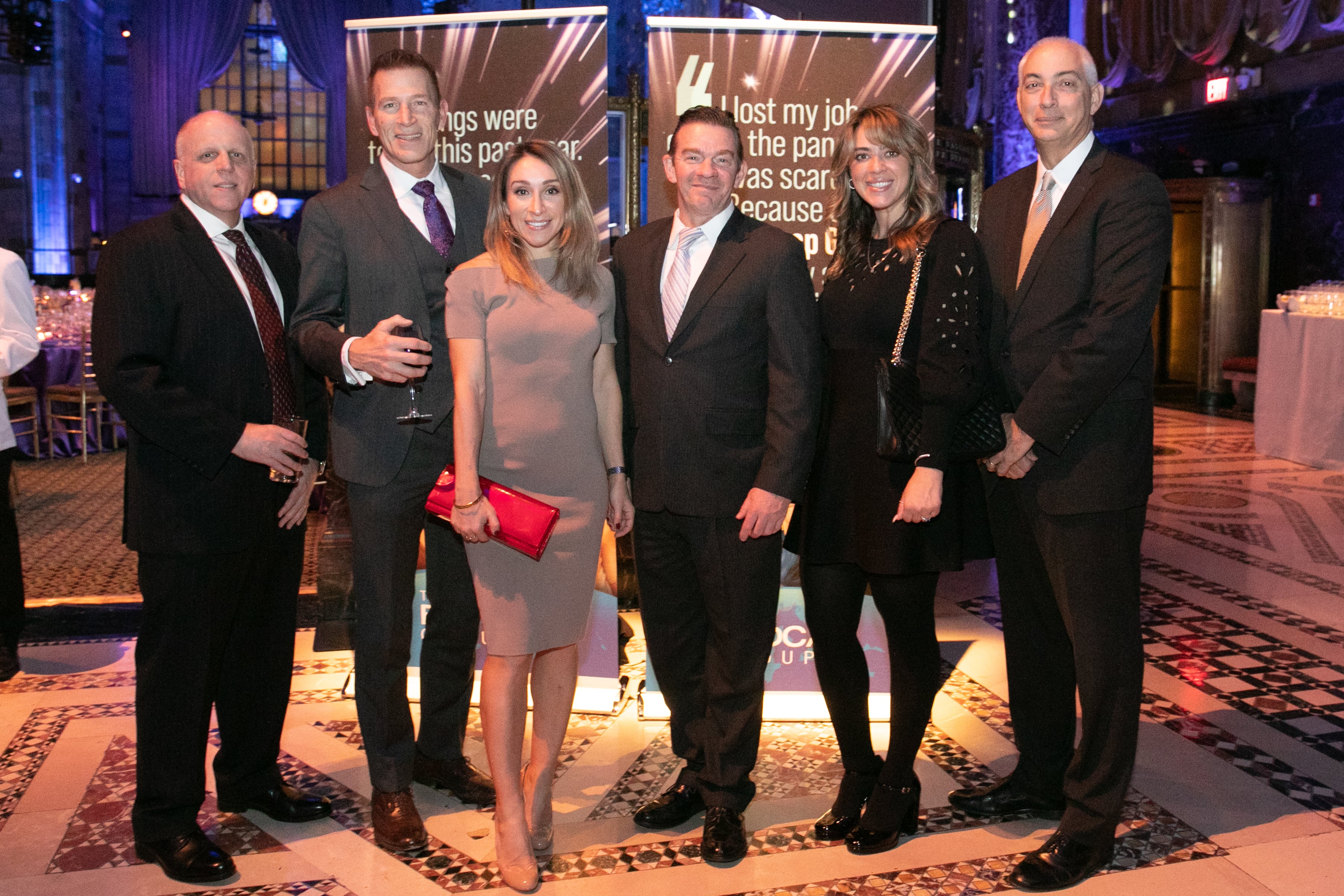
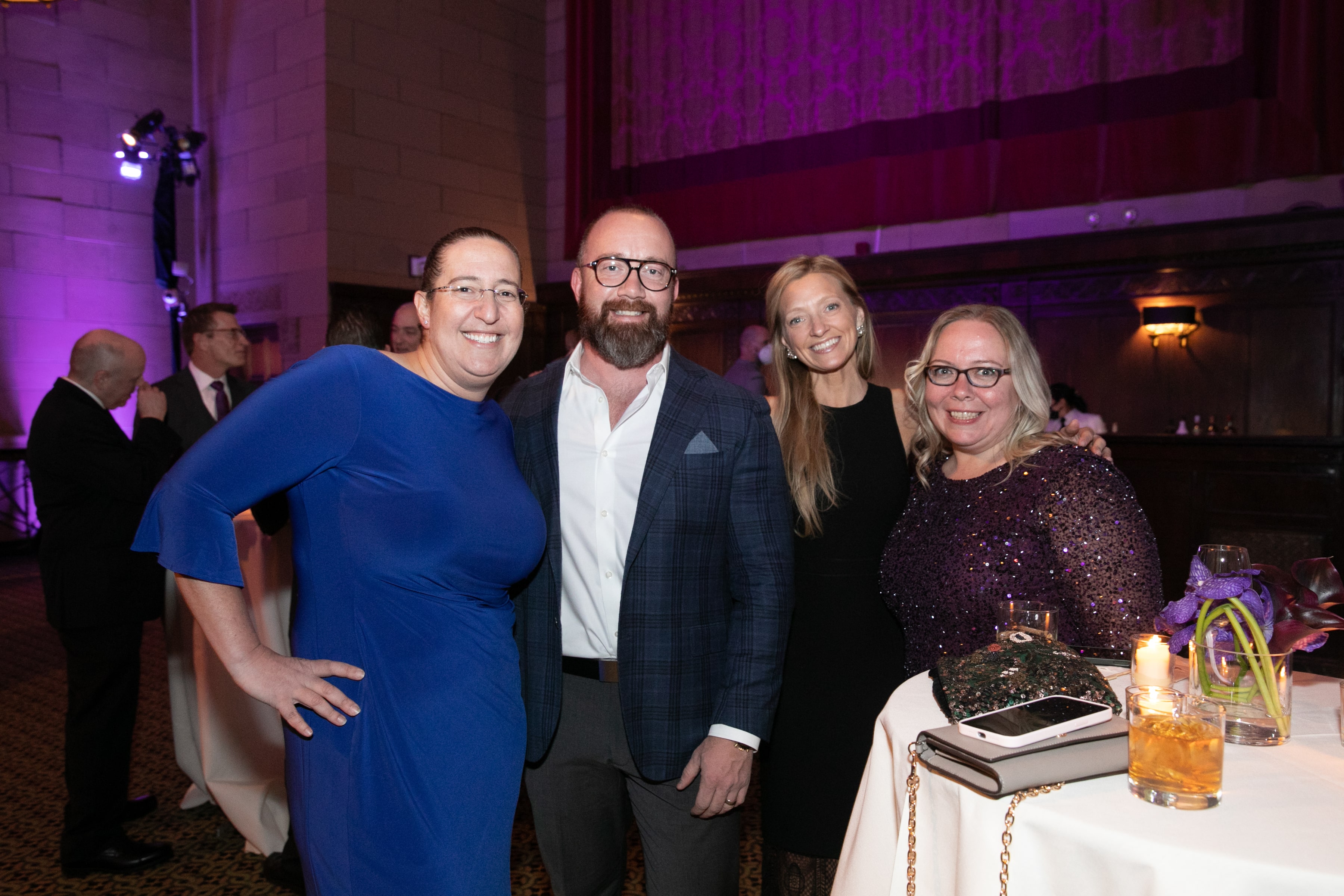
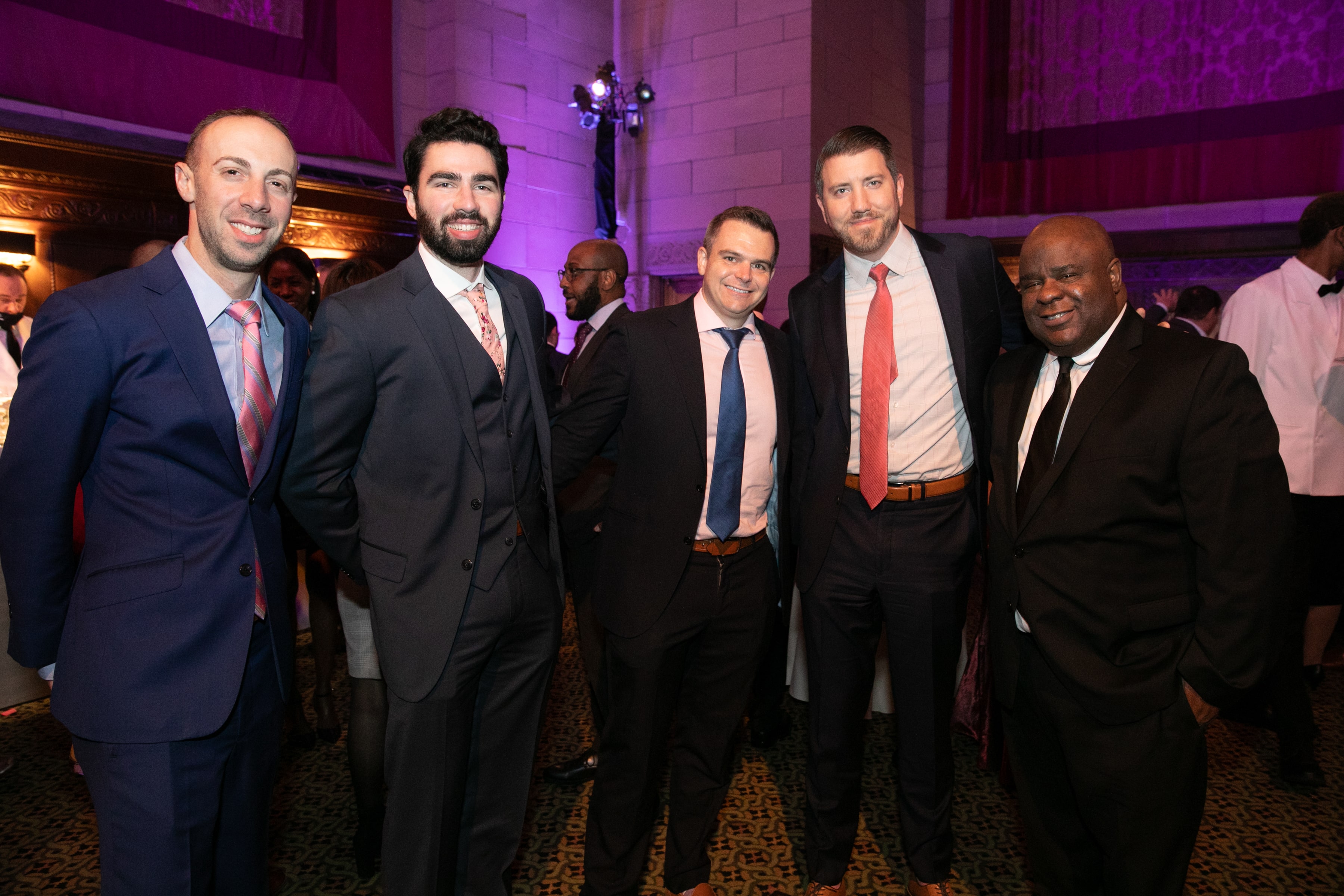


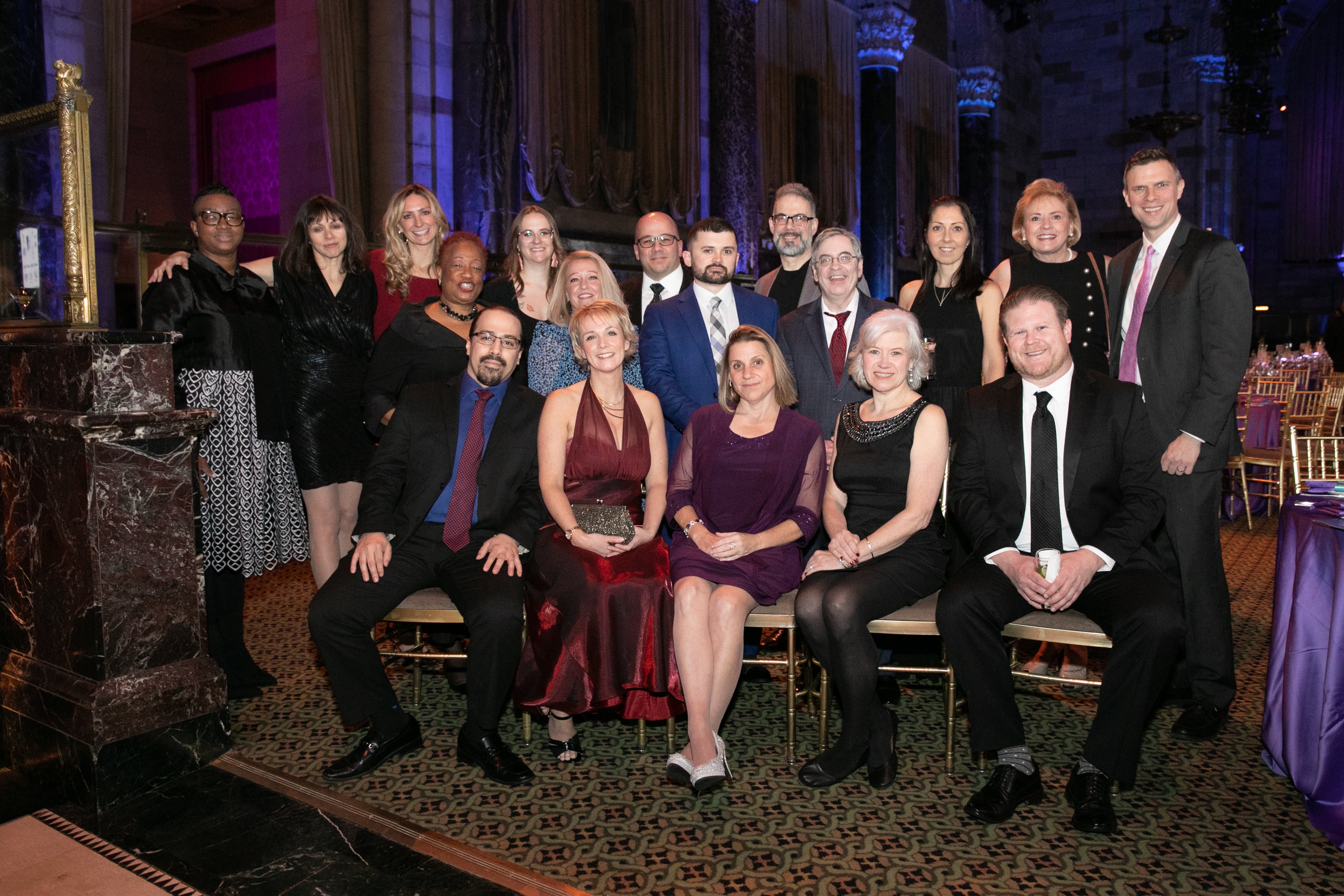

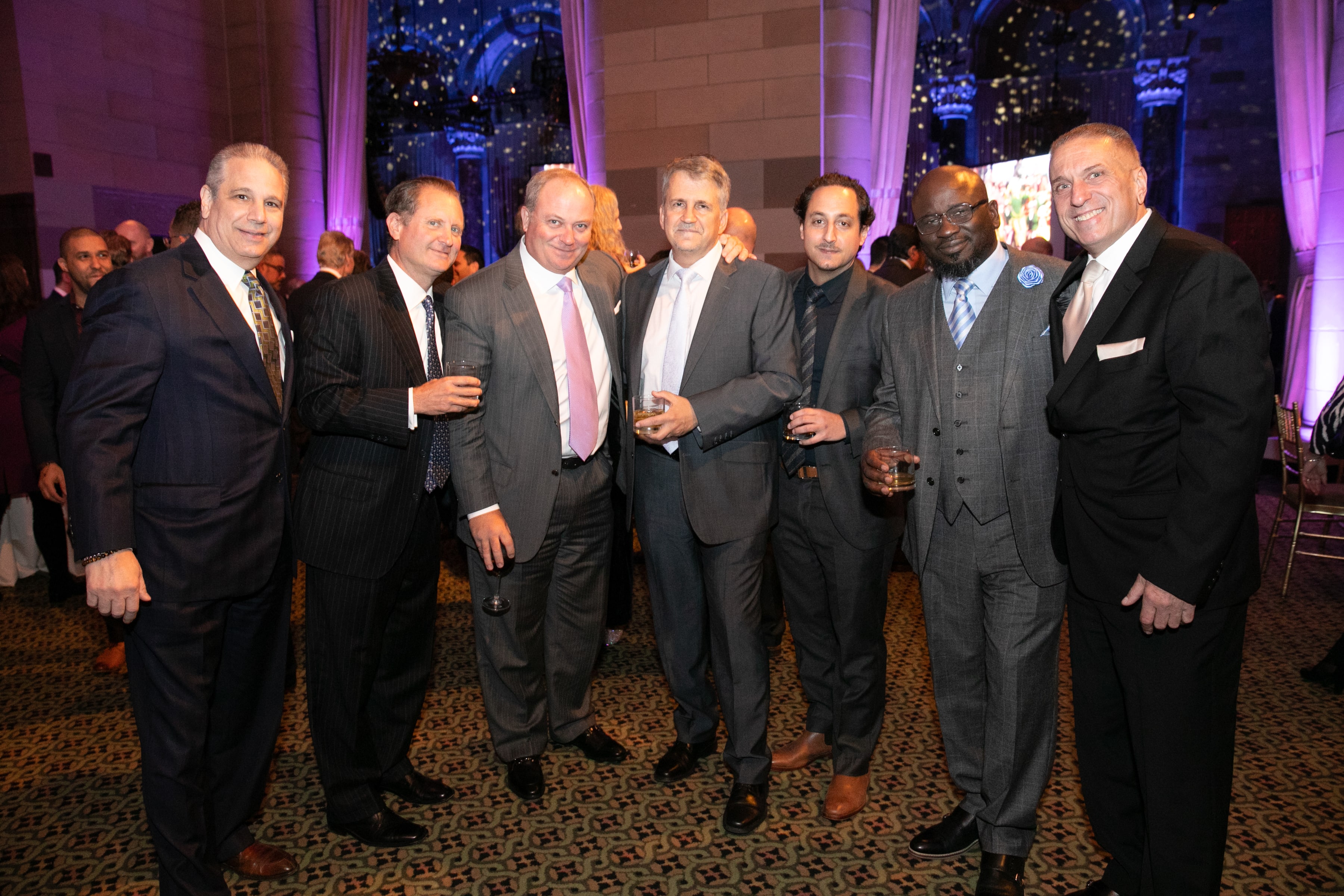
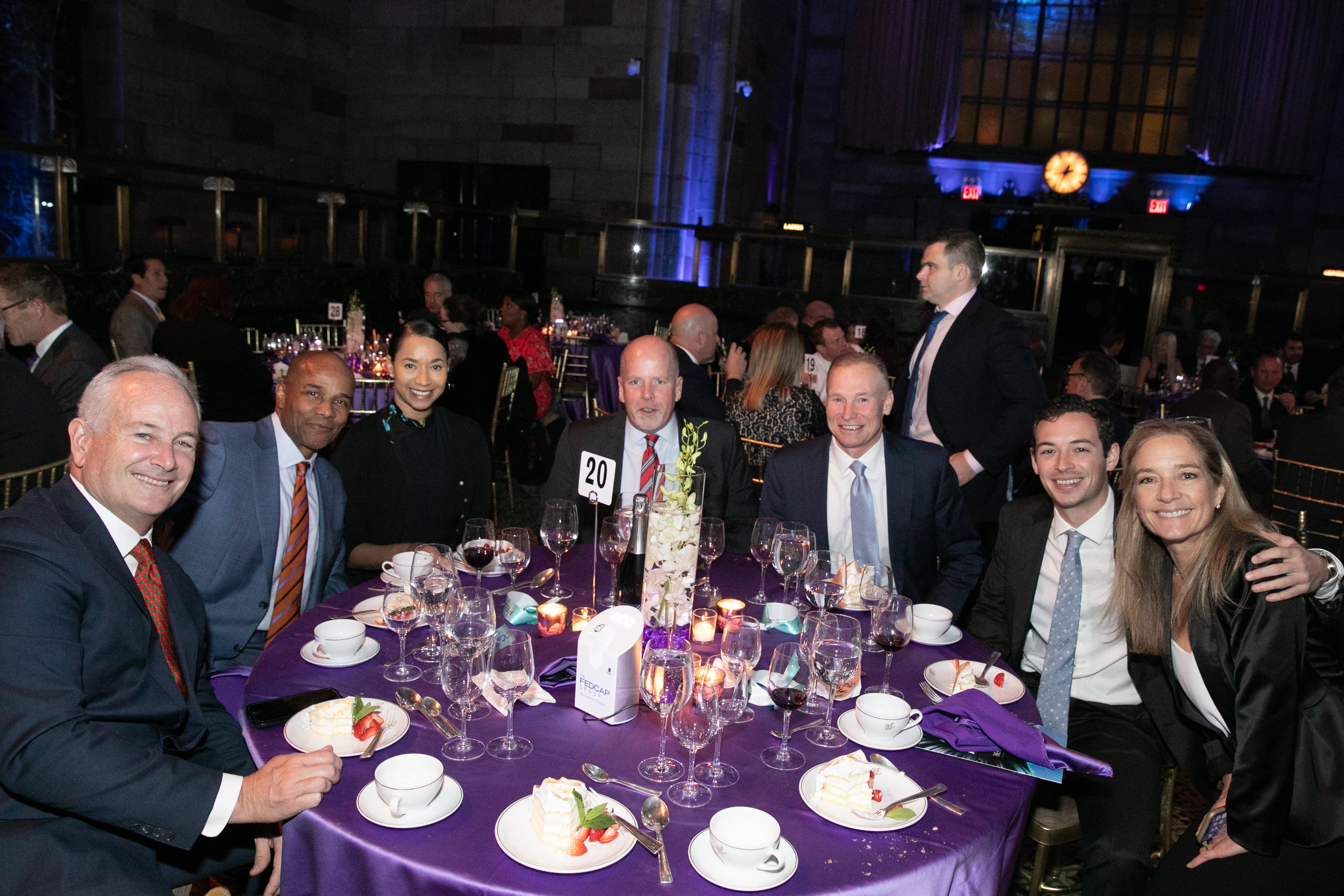
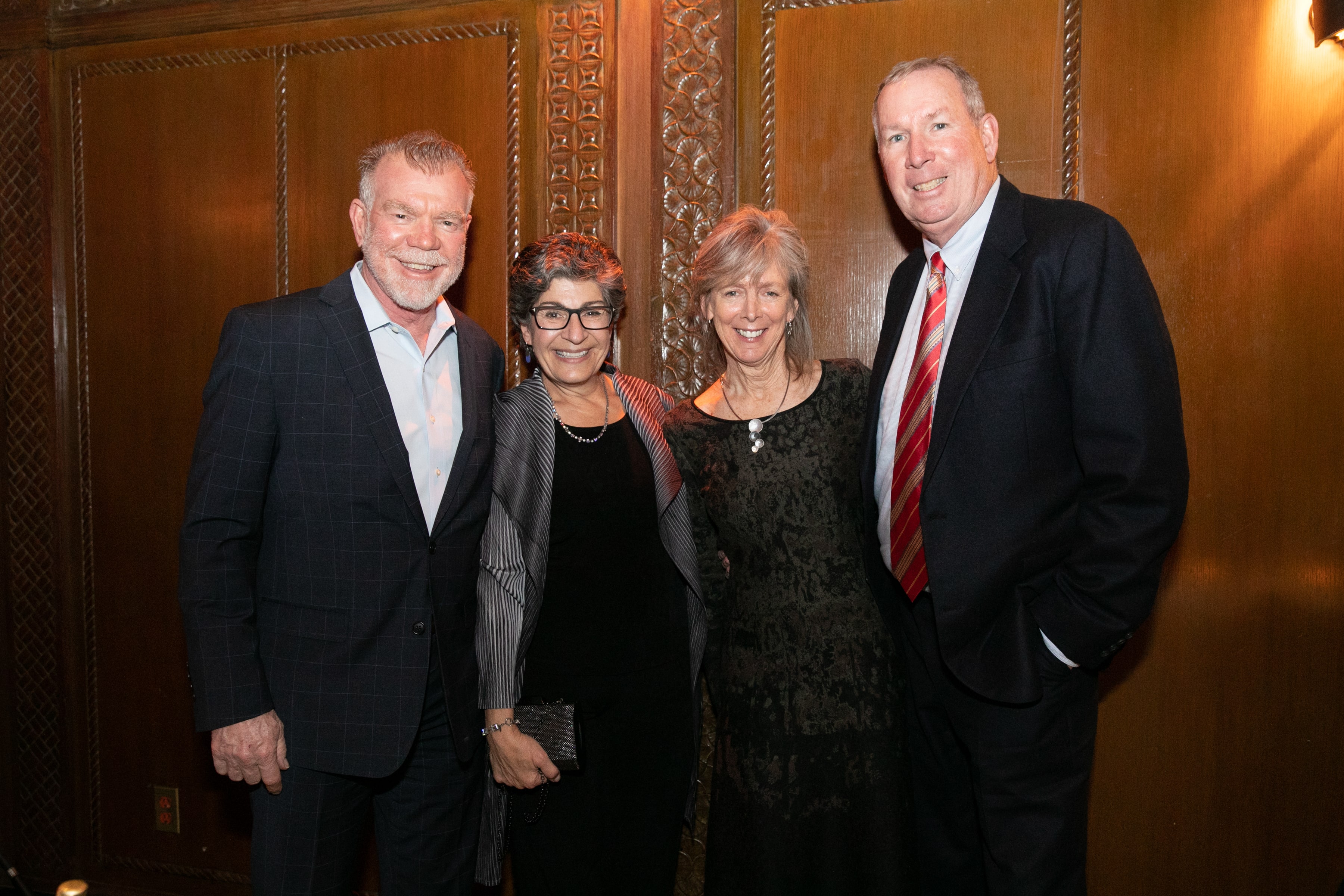
 The Fedcap Group’s 2021 Celebration of the Power of Possible Gala was a remarkable success. Impact Amplified, the theme of the Gala, was on bold display throughout the evening, as a series of stories and testimonials from across our global footprint celebrated the innovative work, partnerships and deep commitment to improving people’s lives that define our work.
The Fedcap Group’s 2021 Celebration of the Power of Possible Gala was a remarkable success. Impact Amplified, the theme of the Gala, was on bold display throughout the evening, as a series of stories and testimonials from across our global footprint celebrated the innovative work, partnerships and deep commitment to improving people’s lives that define our work.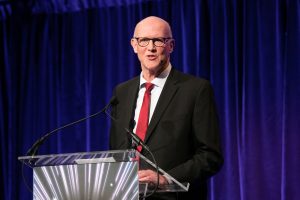 Mark O’Donoghue, The Fedcap Group’s board chair, thanked the 118 board members of the 23 companies of The Fedcap Group for generously volunteering their time and talents to meet and exceed targets–whether it be in the number of people placed in jobs, children with disabilities advancing grades, young people going to college or adults completing their education.
Mark O’Donoghue, The Fedcap Group’s board chair, thanked the 118 board members of the 23 companies of The Fedcap Group for generously volunteering their time and talents to meet and exceed targets–whether it be in the number of people placed in jobs, children with disabilities advancing grades, young people going to college or adults completing their education.